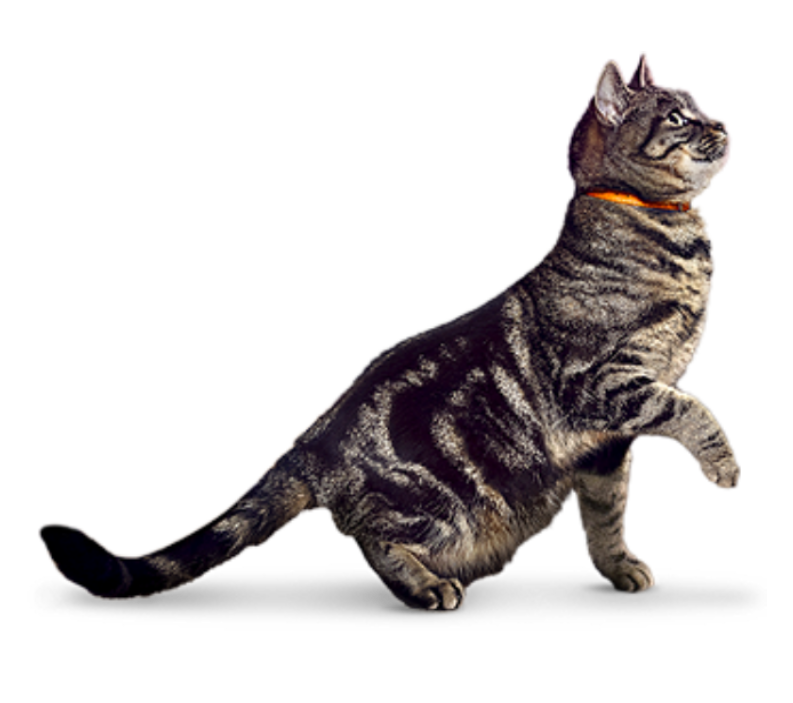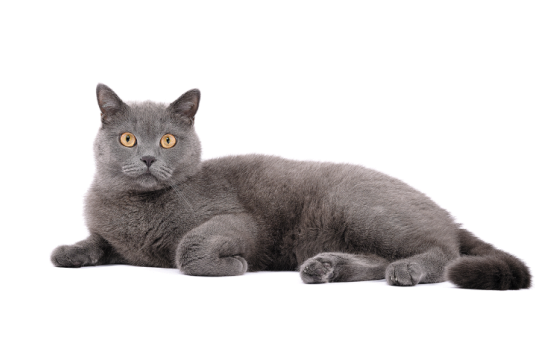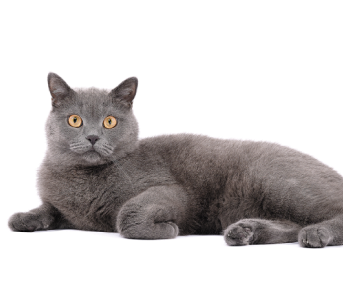You can spot the changes that might mean your cat is in pain.
Maybe you've noticed that they've become less adventurous lately.
Are they spending more time resting or sleeping, not quite jumping or playing like they used to, or do they seem a bit more grumpy?
Changes in behaviour could be a sign of arthritis pain.







